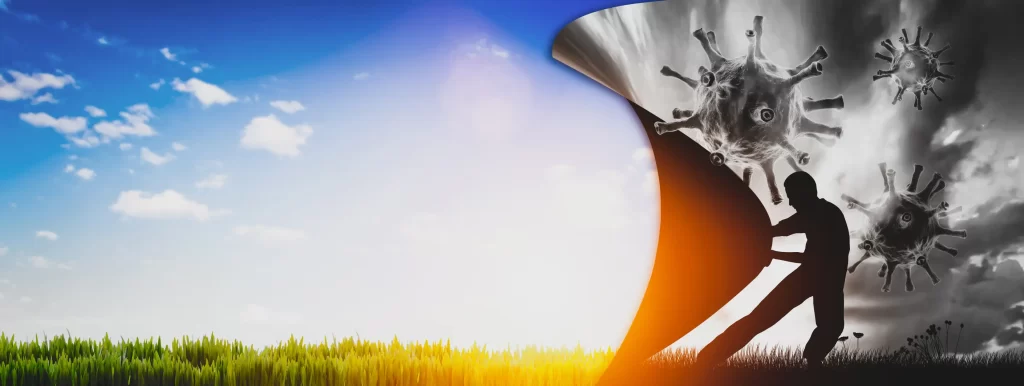Recent research from Cedars-Sinai has demonstrated that narrow-band ultraviolet A (UVA) light exhibits antiviral effects against several major variants of SARS-CoV-2, the virus responsible for COVID-19. This discovery suggests that UVA exposure could serve as an effective supplementary therapy in combating current and future RNA virus-based pandemics.
Study Overview
The study focused on three SARS-CoV-2 variants: Alpha, Beta, and Delta. Live viruses were extracted from patients and subjected to a single dose of UVA light. Researchers assessed the effects of UVA in two scenarios:
- Extracellular Exposure: Directly exposing the virus to UVA outside of a cell.
- Intracellular Exposure: Exposing cells infected with the virus to UVA.
The findings revealed that UVA exposure produced antiviral benefits in both scenarios, irrespective of the variant studied. Notably, the dose level used was well-tolerated by cells, with no indications of cellular harm.
Biological Mechanisms Underlying UVA’s Antiviral Effects
The antiviral efficacy of UVA light against SARS-CoV-2 can be attributed to several biological mechanisms:
- Induction of Antiviral State in Infected Cells: When an infected cell is exposed to UVA, it is activated into an antiviral state. This activation enables the cell to combat the virus more effectively by suppressing the pathways that allow viral replication.
- Damage to Viral Nucleic Acids: UVA radiation can induce the formation of cyclobutene pyrimidine dimers (CPDs) and other oxidative lesions in viral RNA. These lesions inhibit RNA synthesis and block the reverse transcriptase enzyme, thereby preventing the virus from replicating its genetic material.
- Protein Cross-Linking and Capsid Instability: UVA exposure can lead to the formation of RNA–protein cross-links and cause capsid instability. These effects compromise the structural integrity of the virus, rendering it non-infectious.

Advantages of UVA Therapy
Traditional antiviral treatments, including antibodies and vaccines, are typically strain-dependent, necessitating continuous adaptation to emerging viral mutations. In contrast, UVA therapy has demonstrated effectiveness across multiple SARS-CoV-2 variants, indicating its potential as a broad-spectrum antiviral approach. This broad efficacy suggests that UVA could be an effective stand-alone or adjunct therapy, regardless of the virus strain, for future RNA epidemics.
Future Directions
The researchers emphasize the need to develop more efficient UVA delivery systems within the body to prepare for clinical trials. They advocate for readiness in utilizing every effective tool available to combat future viral epidemics, highlighting the potential role of UVA therapy in such efforts.
In summary, UVA light exhibits significant antiviral properties against SARS-CoV-2 by inducing an antiviral state in infected cells, damaging viral nucleic acids, and compromising viral structural integrity. These findings underscore the promise of UVA therapy as a versatile and effective tool in the fight against current and future RNA virus-based pandemics.
Sources:
- https://www.sciencedaily.com/releases/2024/01/240110120320.htm
- https://journals.plos.org/plosone/article?id=10.1371%2Fjournal.pone.0294427
- https://elight.springeropen.com/articles/10.1186/s43593-022-00029-9
- https://www.cedars-sinai.org/newsroom/study-reveals-ultraviolet-light-exposure-has-antiviral-effects-on-covid-19-variants
- https://www.cedars-sinai.org/newsroom/reduced-viral-loads-seen-in-covid-19-patients-treated-with-uva-light
- https://pmc.ncbi.nlm.nih.gov/articles/PMC10857211



